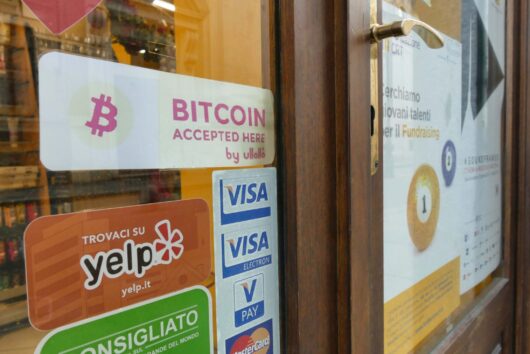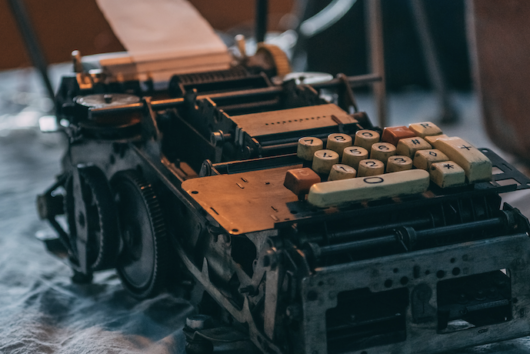Teaching kids about Bitcoin and life

Let’s be honest, we’ve all googled “please explain this crypto concept to me as if I were a 5-year-old.” Maybe not these exact words, but something to this effect. Cryptocurrency is a tricky subject to wrap your head around. Finance too. Combined, it may seem to most adults like rocket science with some Latin mixed in for good measure. So, how does one communicate this to little children who still make sense of objects, including coins, by sticking them in their mouths?
Learning by example
Scientists say kids are smarter than we parents think, and there are ways to teach kids about cryptocurrency and learn a thing or two ourselves in the process. After all, kids today have a few more tools at their disposal than the abacus and piggybank of yesteryear. For one, learning has been gamified, and it’s now generally accepted that young kids have working brains that can learn complex concepts and skills, including coding and cryptocurrency.
Doctors David Whitebread and Sue Bingham at Cambridge University found that children can be taught basic financial behaviour from as little as three years old by using “developmentally appropriate” methods.
“Young children’s fundamental assumptions about the structure of their world and about the underlying nature of its categories crucially depend on their experiences,” the researchers say in Habit Formation and Learning in Young Children. In less ‘sciencey’ terms, this means that by using their Spidey senses, toddlers learn by observing their parents. They see us draw money, swipe our cards, and spend money – it’s the old adage of teaching by example.
I don’t recall learning much about money at school apart from slotting numbers into neat little columns and making them add up. One of the few memories from school lodged in my brain is that for one strange year in high school we were taught the finer details of typing using old-school typewriters of the click-clack kind. Forty of us in an echoey room banging away on these hulking, noisy, metal dinosaurs – shredding silence, devouring paper, swallowing time. I still have no idea why, seeing that we shuffled into the next room to learn very basic computer programming on actual computers the following period. And this wasn’t during the Industrial Revolution, it was the other day, like two decades ago.
What was the deal with the typewriters though? Was it a ruse to keep a few old-timer teachers from being made redundant? Or a desperate, stubborn clutching to analog ways of the past? I’m guessing a bit of both. It’s a fitting metaphor for how finance is changing, or resisting change, depending on your views.
Most of us don’t deal well with change
It may come as a shock that hard cash is going the way of the typewriter, which is why our kids need to know how to buy stuff – and save for stuff – with cryptocurrency.
Seven-year-olds apparently understand that the value of money is not measured by coin size. It’s no coincidence that at around the same age, older siblings often fool their younger family members into trading their smaller coins for larger ones, convincing them that it’s a good deal even though the smaller coins are often worth way more.
The good doctors from Cambridge argue that it would be a mistake to delay introducing children to important ideas until age 7, when kids seem to become truly alert to formal learning and wise to the ways of the world. “Important learning can take place through experience and in playful contexts in younger children, both in their own independent activity and through interaction with adults,” they explain.
When was the last time you explained cryptocurrency to a genuinely interested person? I usually lose them at the two-minute mark when my Shakespearian soliloquy veers into the merits of decentralisation. Now try this with a small child.
My four-year-old thoroughly enjoyed colouring her paint-by-numbers piggy bank made of clay, but it still sits empty, void of coins; and we’ve tried to show her that it pays to save by setting aside a few sweets from her stash for another day. Oh, how we’ve tried. Four years does seem to be a ridiculous age to be learning anything other than to physically exist day in and day out, but, in saying that, she has mastered the Khan Academy learning app on my phone and handles the TV remote with the dexterity of a professional gamer. Like most adults, she can’t see any good in stashing away coins for a rainy day, as the concept of a future doesn’t exist for children. It’s all, “Me! Now! Aaaargh!”
A box of chocolates
Perhaps, it’s not too early to introduce a few fun books about adventures in Bitcoin land, or something of the sort. It also wouldn’t be the worst idea to show her every month how much interest her bitcoin has accumulated in her bitcoin savings account that dad’s using as a crypto piggy bank, which she can crack open in the distant future.
At the moment, she has a thing for Smarties more so than she does for saving. “Look, you can now buy 100 boxes of Smarties with the money we saved,” I could say. “Do you want it now, or should we wait a few more sleeps when you can buy 110 boxes of Smarties?” It just might work. When she’s 18, she can either use her bitcoin to launch into whatever she wants to do with her adult life, or, if bitcoin continues on its historic growth curve, she can buy a million boxes of Smarties, give or take.
And if she wants the Smarties today? Well, we’ll have to wait and cross that bridge when we get there, at least until I figure out how to explain the wonders of compound interest to a person who still thinks she’s going to “great white” next year, instead of “grade one”.
 Discover
Discover Help Centre
Help Centre Status
Status Company
Company Careers
Careers Press
Press

